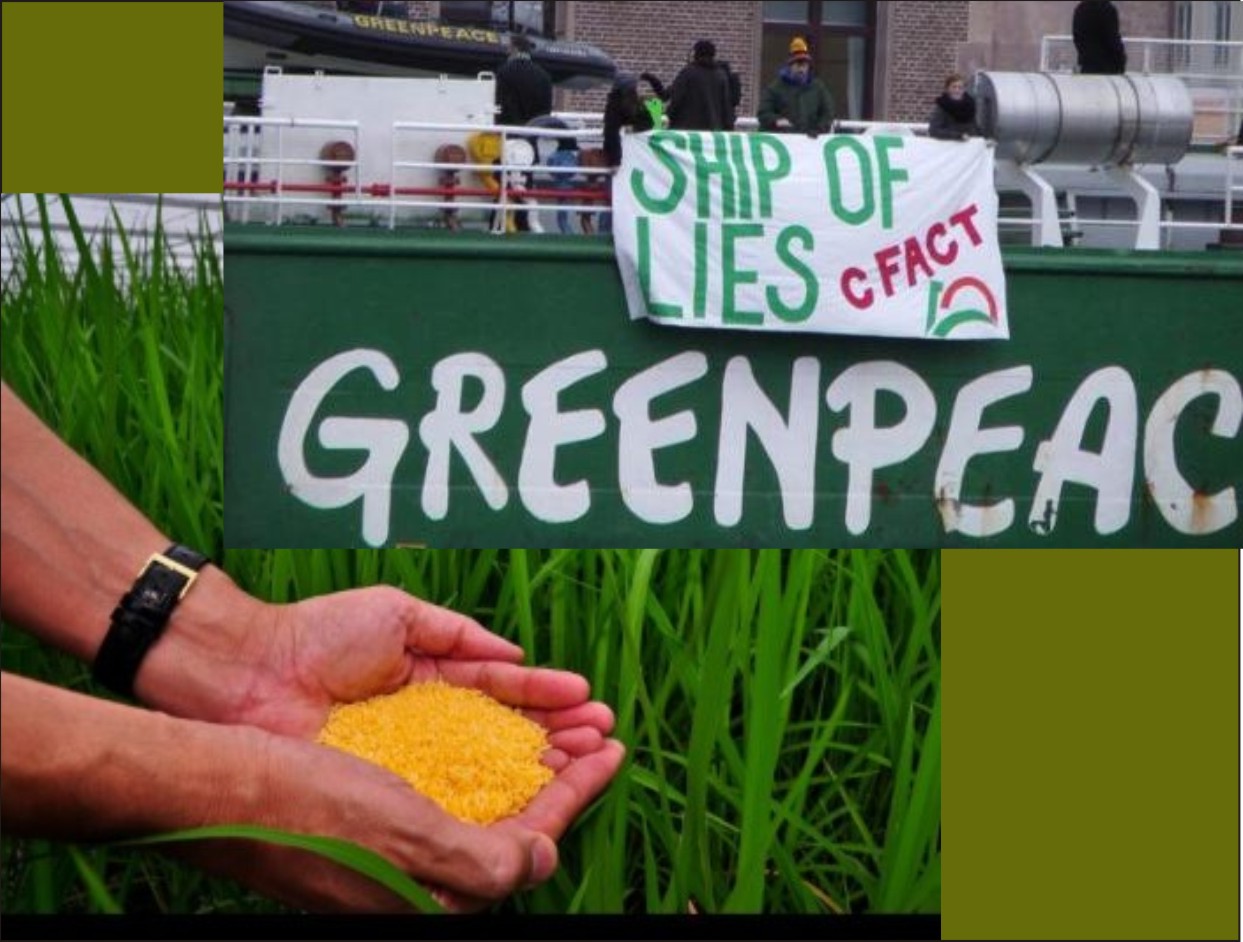Join me in a story that traveled two decades from 1999 to early this year, when efforts to reduce premature death and childhood blindness in the developing world may finally reach fruition. This can occur through the use of a special grain called Golden Rice. It’s daffodil like color occurs from the presence of beta-carotene, a precursor to vitamin A in the human body.
It was developed by Professor Ingo Potrykus of the Swiss Federal Institute of Technology in Zurich, where Albert Einstein had studied and taught, and his colleague Peter Beyer of the University of Freiburg. They began their effort in 1990 to develop a genetic pathway to move the beta-carotene from the leaves of the most popular rice plant in the third world, Oryza-sativa, into the plant’s edible kernels. They achieved this result in 1999 after a decade of intense effort.
Sadly, the use of this Golden Rice has not been allowed now for 20 years as a result of the anti-genetic modifications movement led by Greenpeace. This January the government of the Philippines, after years of study, has approved its use. But Greenpeace is not finished. They are attempting one last gasp effort to prevent the use of this boon to human health by throwing it back into the Philippine courts. They are claiming that the internationally recognized Cartagena Protocol on Biosafety’s principal 15, otherwise known as the “precautionary principle” has not been adequately observed. The protocol is an agreement aimed at ensuring safe handling , transport and use of living modified organisms resulting from biotechnology. There has been two decades of successful research on the safety of Golden Rice including its toxicity and allergenicity along with human studies on American adults and Chinese children.
At every turn, for two decades, Greenpeace has led the opposition from many anti-GMO groups, to keep it from the diets of impoverished children in the third world. They have resorted to illegally destroying test crops, and mounting a global disinformation campaign.
Vitamin A deficiency (VAD) is practically unknown in the Western world where people take multivitamins, and get sufficient micronutrients from ordinary foods, and fortified cereals. But in the third world lack of vitamin A is responsible for over a million deaths annually, most of them children, plus at least 500,000 cases of blindness in Bangladesh, China, and elsewhere in Asia. In these areas, many children subsist on only a bowl of rice a day and little else. For these children a daily supply of Golden Rice could bring the gift of life and sight.
Remarkably there is no commercial aspect to this terrible story. Potrykus and Beyer gave away the rights to their invention for anyone to use. It is available at no extra cost for any grain company to make available. Growers of Golden rice can even keep their own seeds from year to year without having to pay for the use of the technology as is often the case for other genetically modified grains.
I sat down one day years ago with the late Norman Borlaug, the Nobel Prize winner in Agriculture in 1970. Dr. Borlaug had won the award for his development of semi-dwarf wheat which dramatically increased grain yields, saving millions from starvation around the world in the 1950s and 1960s. I asked him why he thought Golden Rice had raised such objections, when he had not faced such opposition for his work on wheat, originally in Mexico. He told me that biotechnology had not yet gotten a big enough foothold to scare the folks who are intent on reducing the world’s population, rather than improving human health. He told me that these anti-GMO people want to see the world population decline. They desire to play God in choosing the ones who were to leave the planet which most assuredly would not include them
Greenpeace, once a fine organization co-founded by Patrick Moore to Save The Whales was taken over by anti-human, greedy people gaining fame and fortune by defeating human progress at every turn.
Surely the time has come when Anti-GMO activists and the green parties should stand down in their unwarranted opposition to Golden Rice. They should join the many groups working to improve human nutrition and embrace this humanitarian innovation. The public needs to know that not a single human being has been sickened or has died from the ingestion of a genetically modified grain, and the scientific evidence that they are safe is overwhelming.
Given the scale of human suffering, that Golden Rice will address, there may be no better example of a purely philanthropic project in the whole of human history. Yet some misguided environmental activists still oppose Golden Rice to this day. Perhaps it is time to recognize that these people are not misguided but are in fact are the personification of EVIL.
